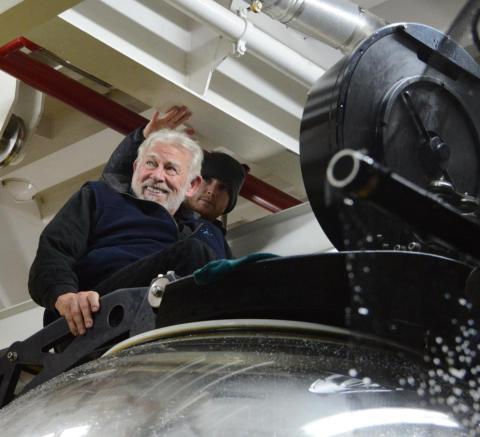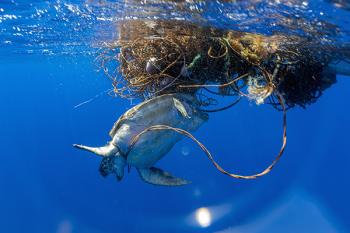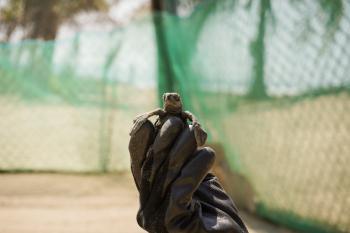Marine Technology Gives Bruce Access to Deep Sea Mysteries
Bruce Robison uses Remotely Operated Vehicles (ROVs); deep-diving machines/robots that fly at the end of a tether carrying power and commands down from the surface. The ROV carries a High-Definition camera to watch a live video feed on a large monitor. The camera's powerful telephoto lens zooms in on critters for close-ups while standing off at a respectful distance.
"I also use Human Occupied Vehicles (HOV) for exploring deep water. Most HOVs are battery powered and operate without the constraints of a tether. They hold two or three people but my favorites are the single-seaters, where I get to fly the vehicle and explore on my own. After thousands of ROV dives and about a hundred dives in HOVs; when a friends ask which platform I prefer, my instinctive response was: I’d much rather be down there myself."

HOV vs ROV
An HOV gets a much broader picture of what is going on around us than an ROV. However, ROV cameras can do some things better than our eyes. An ROV telephoto lenses allow us to examine highly magnified images of animals that we could not see with our eyes. With ROV cameras we can record what we see; whereas what our eyes see can only be recorded by memory. Of course, the solution is to have both ROVs and HOVs.
In the real world of undersea research, we make the best of whatever technology is available.
Learn more about Shape of Life scientists, their research and tools.















